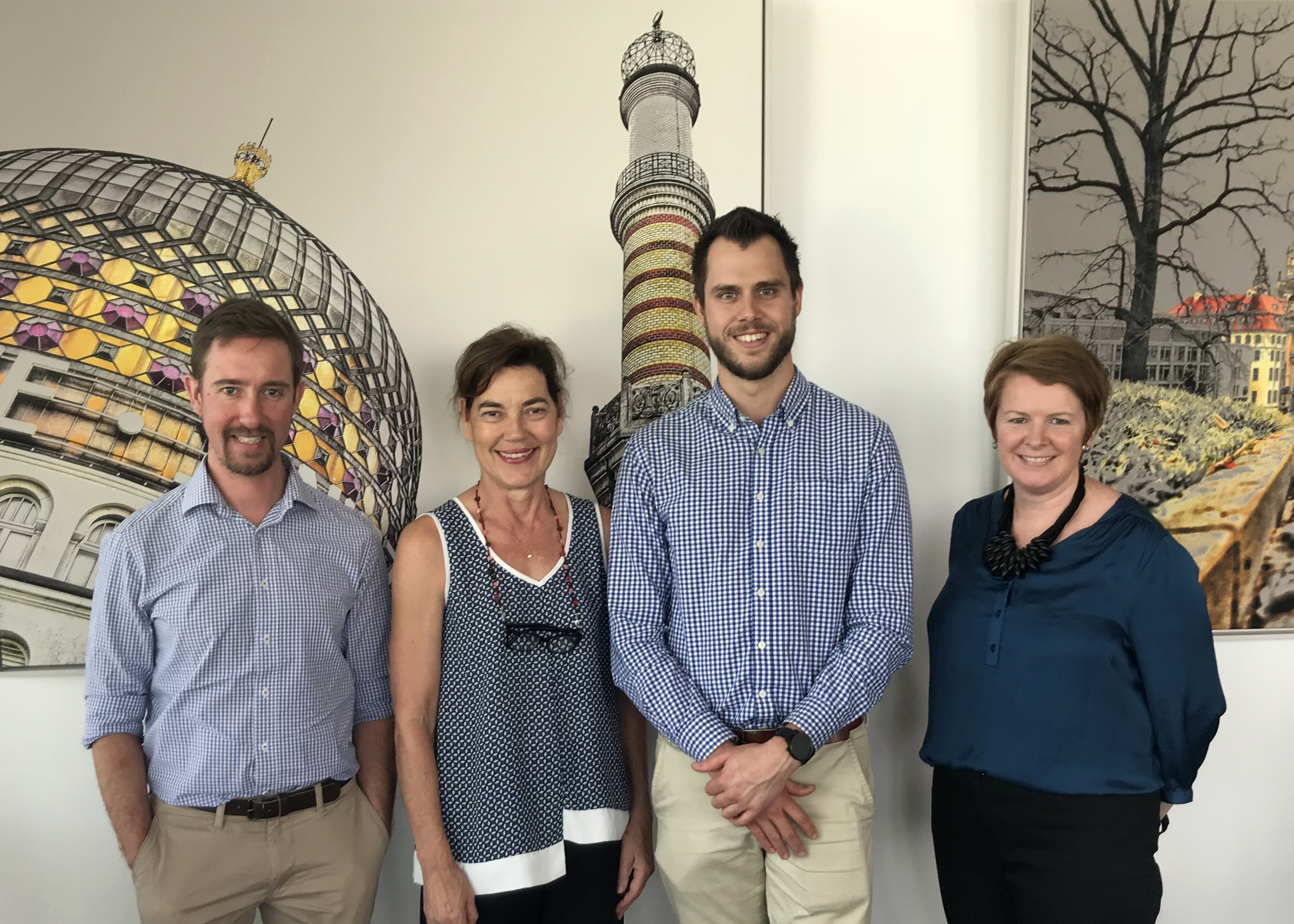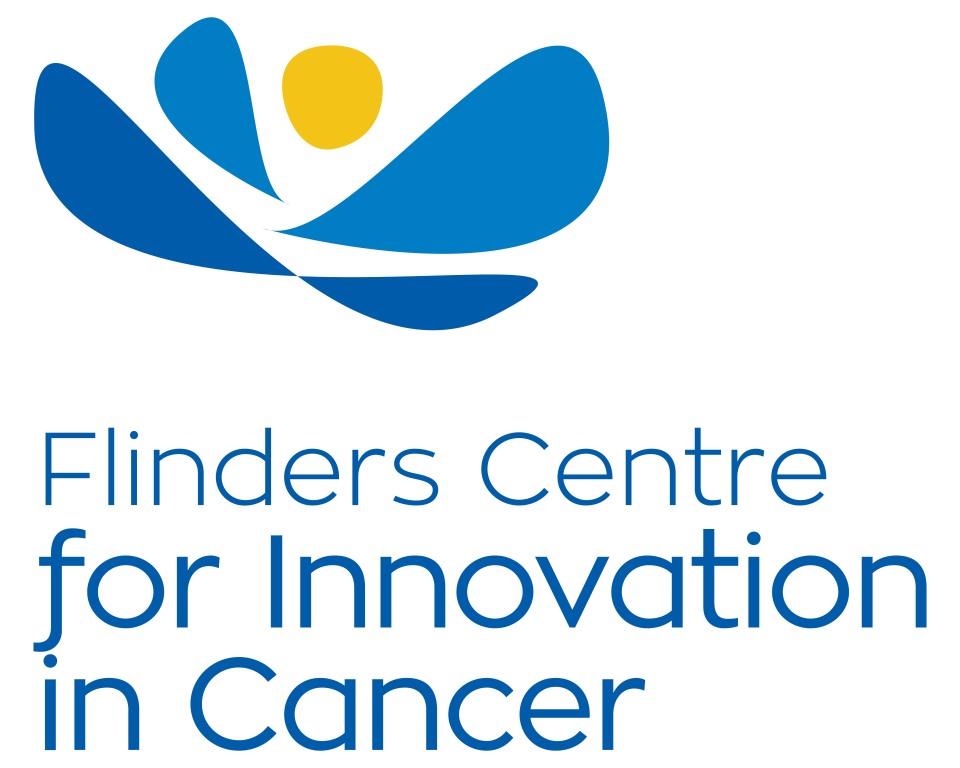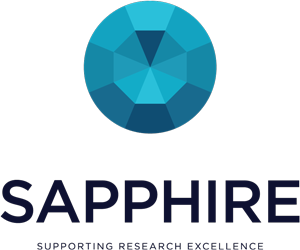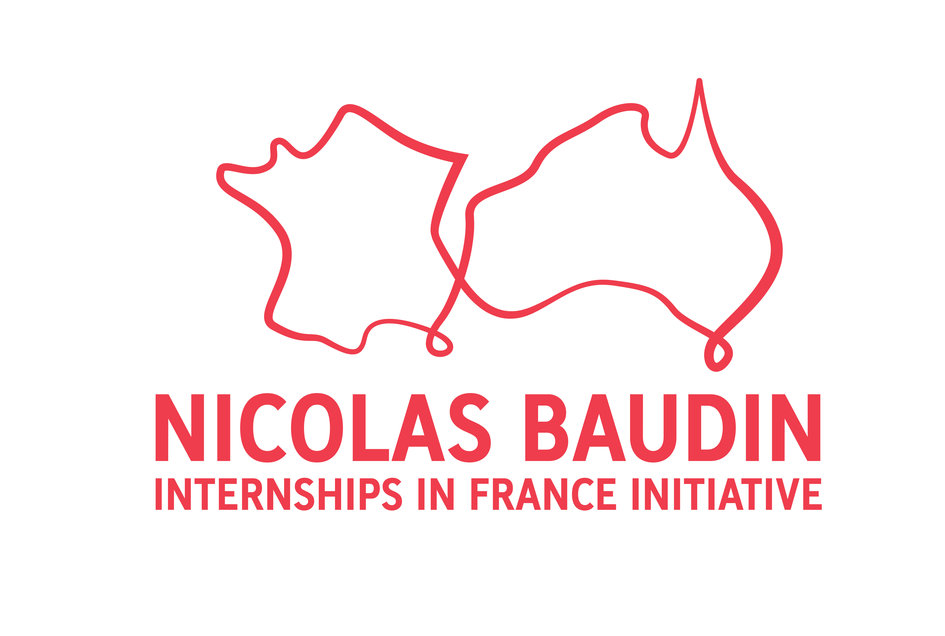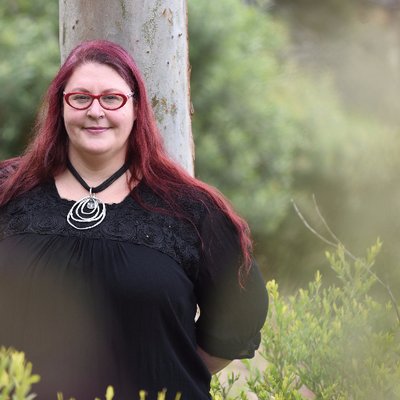Research Engagement and ImpactFlinders researchers trip to Germany on bringing science to market
How can one access and share international perspectives on how to bring science to market in a face-to-face forum? Flinders researchers and staff had this opportunity at the 6th International Summer School on Technology Transfer in Life Sciences, Dresden, Germany, 17 to 21 September.
Flinders’ Dr Sinead O’Connell, Dr Lynda Norton, Dr Andrew Vakulin and PhD students Robert Trott and Ahmed Alshehri, participated in the Summer School that focused on preparing researchers for the technology transfer process.
Experts in intellectual property, business, marketing, technology transfer and fund raising helped participants identify the innovative potential in their research and provided valuable insight into the various ways that inventions in the Life Sciences could be brought to the market.
Sinead presented two lectures on pitching to investors and negotiation, and drew on her 10 years’ experience working in technology transfer at Flinders.
Lynda presented the Exercise Science Toolkit(EST), an online software program incorporating a suite of ~40 interactive analytical, graphing and application tools for exercise and health science students and allied health professionals.
The EST was designed to facilitate opportunities to conduct analyses on empirical data collected in laboratories or in clinical practice and also has the capacity to generate an unlimited supply of virtual people (VP) in real-time simulations, designed specifically for distance or online programs.
“Participating in this Summer School provided invaluable exposure to business and marketing expertise on how to get your technology beyond the development stage and into the commercial market. This should be a core component of PhD programs,” said Lynda.
Andrew described his research in Sleep Disorders and his recent work with industry partners to develop online sleep health decision support algorithms and systems. Sleep problems and disorders have an enormous health burden on the community and these novel online technologies will help to screen, identify and provide tailored solutions for sleep disorder sufferers.
“The sleep health decision support algorithms have broader applications in clinical and operational settings, including the shift work industry, transportation, health insurers and defence,” said Andrew.
A bioengineering sensor designed by Robert was one of six Life Science technologies put through the incubator process during the week-long forum. This novel angle sensor has been designed for use in a Controller in Stroke Rehabilitation Robotics. The angle sensor improves on existing devices by offering an ultra-compact form factor while preserving accuracy. The controller seeks to improve Gait Rehabilitation outcomes following stroke.
In Australia, there are approximately 50,000 new cases of stroke each year and currently, around 400,000 stroke survivors. Globally there are 17 million new stroke cases annually, of which a third will result in death. The remainder will experience varying symptoms affecting numerous cognitive and motor faculties, and 80% of survivors will experience some unilateral weakness. In particular, paralysis of one leg profoundly limits participation in activities of daily living and is the single post-stroke deficit with the greatest impact on quality of life. It is hoped Robert’s sensor will assist those affected.


